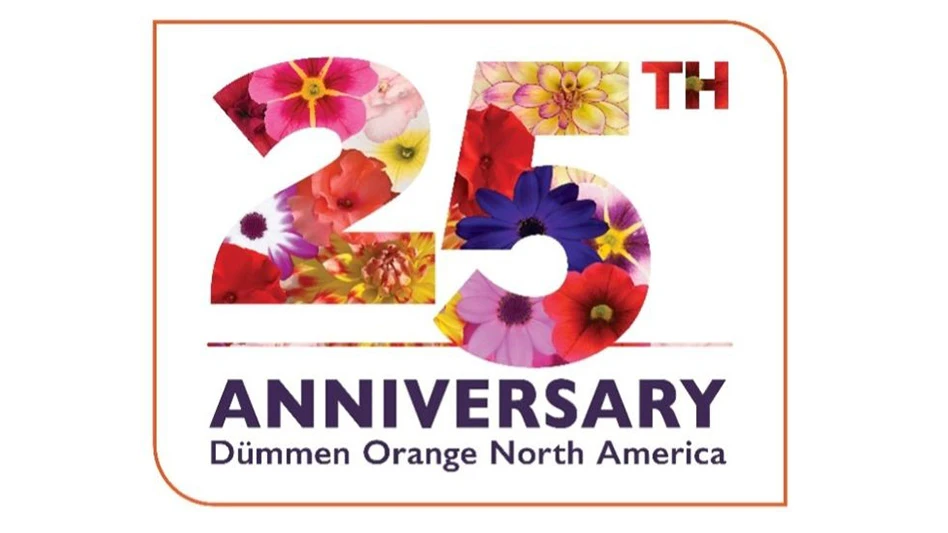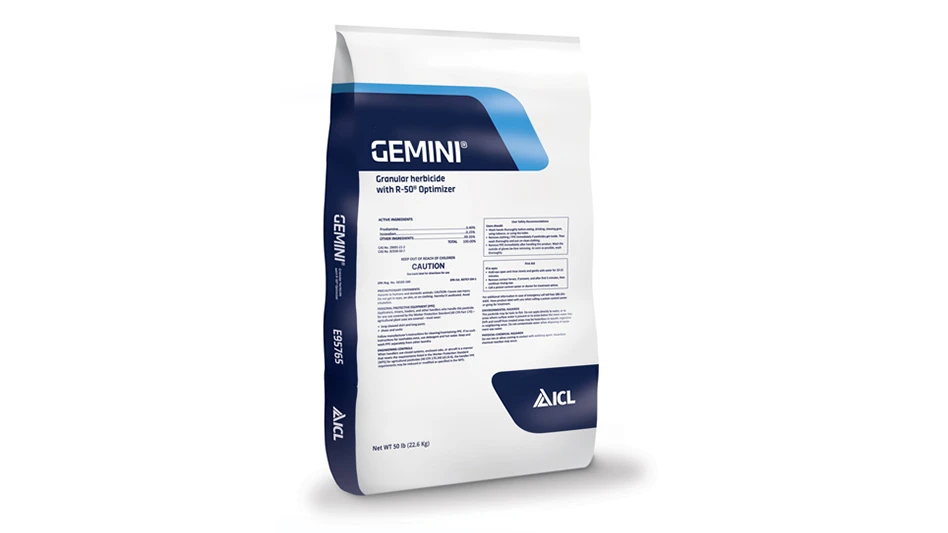Although there may be multiple fungicides in a particular mode-of-action group, they’re not labeled the same and don’t have the same ability to control diseases.
Some of these fungicides are currently available as pre-mixes, while others are in different stages of the labeling process. If you use some of these products, you may be able to limit the need to rotate between mode-of-action groups since each pre-mix is a combination of two groups already.
Since application of more than one fungicide at a time is common, using a pre-mix provides the security of knowing that the two products are chemically suited to work together. In some cases both are effective on the target disease.
If a product’s range of activity does not overlap, then resistance management is not achieved with a pre-mix.
Most pre-mixes appear to have been created to broaden the range of activity of a single fungicide. Making your own mixtures could be effective in resistance management since you choose the products in the mix, but if you’re not careful you could cause phytotoxicity. Table 1 lists some of the pre-mix fungicides currently available or under development for ornamental plants.

One of the most important aspects of pre-mixes is that if the correct partners are chosen, and they are each effective on the disease. This makes the pre-mix an excellent way to manage resistance.
For instance, both copper and mancozeb in the pre-mix Junction work on bacteria like Pseudomonas and Xanthomonas. Fungicide resistance in Botrytis can be delayed with Spectro since both thiophanate methyl and chlorothalonil target Botrytis. Table 2 shows the pre-mixes that may be beneficial for resistance management and the specific diseases targeted.

Pre-mix evaluations
Some of the trials at Chase Horticultural Research have evaluated pre-mix fungicides with the fungicides containing the mixes’ separate active ingredients. The pre-mixes sometimes provide superior control, which may be the additive giving better control than each fungicide gives on its own.
A trial was conducted in 2005 for eradication of anthracnose (Phyllosticta) on Vinca minor. Control products included Spectro (thiophanate methyl and chlorothalonil as well as 3336 (thiophanate methyl) and Daconil Ultrex (chlorothalonil). The results showed the best control with Spectro and it was markedly better than the control achieved with either of the single component fungicides (Daconil or 3336). This response is probably not due to resistance management nor does it appear to be simply the additive.
In another trial on Colletotrichum anthracnose prevention on mandevilla, Pageant (pyraclostrobin and boscalid) was compared with Insignia (pyraclostrobin). In this case, Pageant gave superior control while Insignia was not effective at all. The efficacy is clearly affected by the boscalid component and not rate since there was more pyraclostrobin in the Insignia application (2 ounces active ingredient per 100 gallons) than in the Pageant application (about 3.6 ounces active ingredient per 100 gallons).
In the case of actual resistance management, it was accidentally discovered that one isolate of Rhizoctonia solani was resistant to thiophanate methyl. In a trial with several different forms of thiophanate methyl compared to Spectro (thiophanate methyl and chlorothalonil), the chlorothalonil in Spectro provided 100 percent prevention of Rhizoctonia stem rot.
What you do with disease control products will determine their success. Remember, there is no acceptable substitute for thinking about crops and how to produce them. You are the most valuable component of any production situation.
A.R. Chase is president, Chase Horticultural Research Inc., (530) 620-1624; www.chasehorticulturalresearch.com.

Explore the October 2010 Issue
Check out more from this issue and find your next story to read.
Latest from Greenhouse Management
- Super Charged Moon Juice from Moon Valley Nurseries now available nationally
- 2025 Proven Winners Horticulture Scholarship applications now open
- How to improve inventory and shipping management in the greenhouse
- Leading Women of Horticulture: Anna Ball, Ball Hort, and Terri McEnaney, Bailey Nurseries
- GM CEA HERB Part 2: A guide to increasing the sowing density of culinary herbs
- GM CEA HERB Part 1: Best practices for producing culinary herbs in controlled environments
- USDA fires experts on invasive pests, including Asian citrus psyllid, chilli thrips
- CEA Alliance celebrates bipartisan introduction of Supporting Innovation in Agriculture Act





